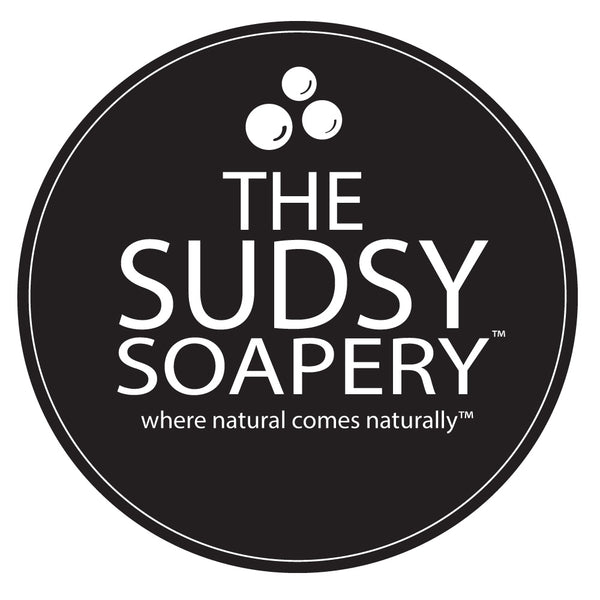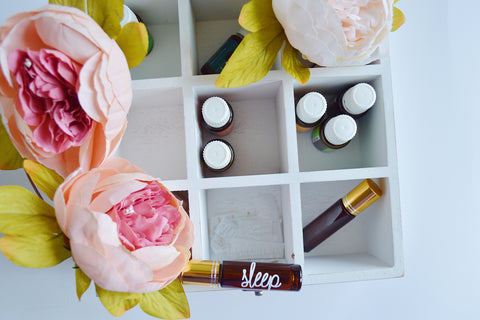
Lavender Profile
Share
Lavender Essential Oil Profile
Latin name: Lavandula Angustifolia formerly known as Lavender Oficinalis, also known as Lavandula pyrenaica or Lavandula vera
The names all refer to the exact same plant. The plant has been known by all of the above throughout history but the official Latin name has become Lavandula Angustifolia.
History: Lavender was traditionally used to “comfort the stomach.” Also as a cosmetic water. It has been used to scent linen. A very versatile oil.
Common Uses today: Lavender is used as a tea, especially with chamomile before bed to aid in sleep. May also be used in the form of the oil as a massage to promote relaxation and sleep. Used to soothe skin irritation such as insect bites.
Constituents: Lavender is made up of over 100 constituents, many of which are soothing to the nervous system. The most prevalent constituents are linalyl acetate, terpineol, cineol, limonene, ocimene caryophyllene.
Actions:
Analgesic: Pain relieving without loss of consciousness.
Anticonvulsive
Antidepressant
Antimicrobial
Antirheumatic
Antiseptic
Antispasmodic
Antitoxic
Carminative: releases gas from the stomach
Cholagogue: promotes flow of bile
Choleretic: promotes bile secretion
Cicatrizing: promotes wound healing
Cordial: revives, invigorates
Deodorant
Diuretic
Emmenagogue: promotes menstruation
Hypotensive
Insecticide
Parasiticide
Sedative
Stimulant
Sudorific: encourages sweating
Tonic
Vermifuge: kills parasitic worms
Vulnerary: used for healing wounds
Purchase some high quality Hungarian Lavender from mirapur.com
Note: Although herbs and essential oils perform many actions similar to that of pharmaceuticals, they are not tested as pharmaceuticals to for strength or efficiency to treat specific diseases. Herbs are properly used as a part of a healthy, natural life, but do not replace the advice of a skilled physician.
Essential oils are very concentrated and should be used appropriately. Do not use any essential oil ‘neat’ (undiluted, one or two drops, directly on skin) until you are confident of your own response to the oil.
© 2019 Kaycie and Jonathan Cook


